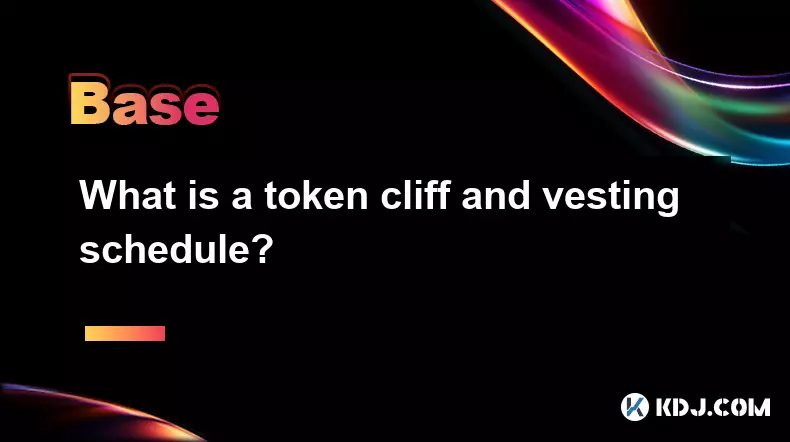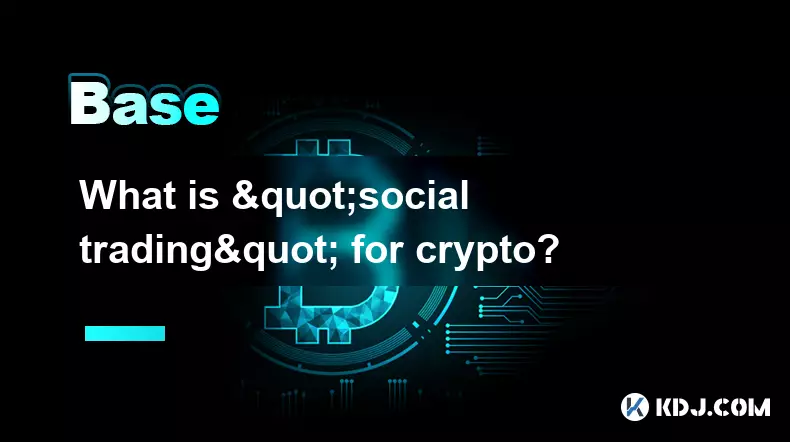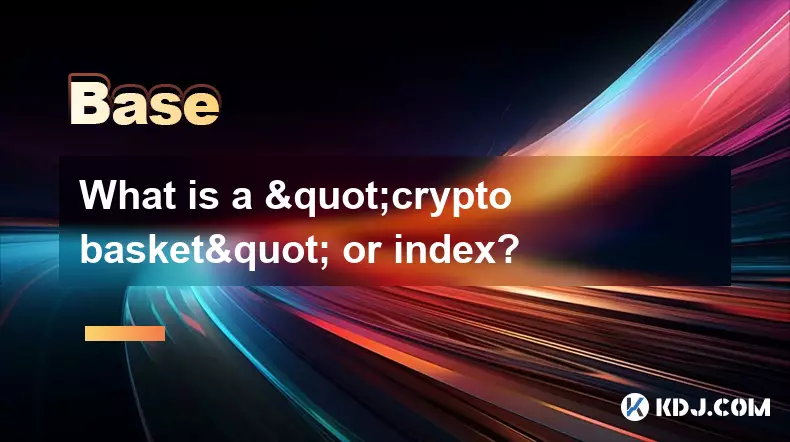-
 Bitcoin
Bitcoin $112100
0.77% -
 Ethereum
Ethereum $4474
3.78% -
 XRP
XRP $2.851
0.46% -
 Tether USDt
Tether USDt $1.000
0.01% -
 BNB
BNB $856.0
0.45% -
 Solana
Solana $209.3
1.04% -
 USDC
USDC $0.9998
-0.02% -
 Dogecoin
Dogecoin $0.2216
3.68% -
 TRON
TRON $0.3420
1.19% -
 Cardano
Cardano $0.8415
1.56% -
 Chainlink
Chainlink $23.79
1.74% -
 Hyperliquid
Hyperliquid $46.03
3.38% -
 Ethena USDe
Ethena USDe $1.001
0.04% -
 Sui
Sui $3.399
2.98% -
 Bitcoin Cash
Bitcoin Cash $599.8
3.03% -
 Stellar
Stellar $0.3628
-0.44% -
 Avalanche
Avalanche $25.24
4.29% -
 Cronos
Cronos $0.2809
9.58% -
 Hedera
Hedera $0.2203
0.68% -
 UNUS SED LEO
UNUS SED LEO $9.526
-0.04% -
 Litecoin
Litecoin $112.7
0.88% -
 Toncoin
Toncoin $3.188
0.41% -
 Shiba Inu
Shiba Inu $0.00001253
0.80% -
 Polkadot
Polkadot $3.891
2.61% -
 Uniswap
Uniswap $9.732
2.10% -
 Bitget Token
Bitget Token $4.971
-2.70% -
 Dai
Dai $0.0000
0.01% -
 World Liberty Financial
World Liberty Financial $0.2148
-8.62% -
 Aave
Aave $327.8
3.77% -
 Monero
Monero $270.0
1.47%
What is a token cliff and vesting schedule?
Token cliffs and vesting schedules prevent early sell-offs, align long-term incentives, and promote market stability by gradually releasing tokens to team members and investors.
Sep 03, 2025 at 05:01 pm

Understanding Token Cliffs in Cryptocurrency Projects
1. A token cliff refers to a predetermined period during which team members, advisors, or early investors in a cryptocurrency project are not allowed to sell or transfer their allocated tokens. This period acts as a lock-up phase, ensuring stakeholders remain committed to the project’s long-term success before gaining access to their holdings. Cliffs are commonly set between 6 to 12 months, though durations can vary significantly based on project design.
2. The primary purpose of a cliff is to prevent immediate dumping of tokens on exchanges after launch, which could destabilize price and erode investor confidence. By enforcing a delay, projects signal dedication and reduce the risk of insider sell-offs that might harm market stability.
3. During the cliff period, no tokens are released to the recipient, regardless of ongoing contributions. This all-or-nothing release at the end of the cliff reinforces accountability, as individuals must remain active and aligned with project goals to eventually receive their allocation.
4. Projects often disclose cliff details in whitepapers or tokenomics sections to enhance transparency. Investors scrutinize these terms to assess team commitment and potential supply pressure post-cliff, influencing their decision to participate in token sales or hold assets long-term.
5. Some token cliffs are paired with graded release mechanisms, where a portion unlocks after the cliff, followed by periodic distributions. This hybrid approach balances immediate retention incentives with gradual market entry of supply.
The Role of Vesting Schedules in Token Distribution
1. A vesting schedule outlines the timeline over which tokens are gradually released to stakeholders after the cliff period ends. These schedules can span months or years and are designed to align long-term incentives across teams, investors, and partners.
2. Typical vesting structures include monthly, quarterly, or linear releases over 2 to 4 years. For example, a team member might receive 1/36th of their total allocation each month for three years following a one-year cliff.
3. Vesting mitigates centralization risks by preventing large volumes of tokens from entering circulation at once, which could trigger sell-offs and volatility. It also reassures the community that core contributors are incentivized to stay involved beyond the initial hype cycle.
p>4. Different stakeholders often have customized vesting terms. Founders may face longer schedules than seed investors, while strategic partners might receive staggered unlocks tied to milestones. These variations reflect differing levels of influence and contribution over time.
5. Transparent vesting frameworks contribute to trust in decentralized ecosystems. When users can verify release timelines through blockchain analytics or project documentation, it reduces speculation and fosters informed participation in governance and trading activities.
Impact of Cliffs and Vesting on Market Dynamics
1. The anticipation of cliff expirations or major vesting unlocks can influence trading behavior. Markets often react negatively ahead of large token releases, as investors expect increased selling pressure from newly unlocked balances.
2. Projects with poorly structured vesting may experience sharp price corrections when significant holdings become liquid, especially if market conditions are already bearish. This underscores the importance of thoughtful tokenomics design in maintaining price stability.
3. Publicly available vesting dashboards, such as those provided by platforms like TokenUnlocks or CoinGecko, allow traders and analysts to track upcoming releases across major protocols. These tools help anticipate supply shocks and adjust positions accordingly.
4. In some cases, teams choose to extend vesting periods voluntarily or announce buybacks to counteract negative sentiment around unlocks. Such actions aim to demonstrate confidence and support valuation during sensitive phases.
5. Community-driven projects often adopt more aggressive vesting for core developers while minimizing allocations for insiders, reinforcing decentralization principles and reducing perceived control imbalances.
Frequently Asked Questions
What happens when a token cliff ends?At the end of a token cliff, the full vested amount becomes eligible for release, assuming the recipient has met all conditions. Depending on the vesting schedule, the entire allocation may unlock at once or begin disbursing incrementally.
Can vesting schedules be changed after launch?While technically possible through governance votes or smart contract upgrades, altering vesting terms post-launch is controversial. It can undermine trust if perceived as benefiting insiders at the expense of the broader community.
How do investors verify vesting details?Investors rely on official project documentation, audited smart contracts, and third-party analytics platforms. On-chain data allows verification of wallet activity and token movement patterns aligned with stated vesting terms.
Are there risks associated with long vesting periods?Extended vesting can deter top talent if compensation isn't liquid, and it may delay accountability if underperforming team members retain future claims. Balancing retention with performance incentives remains a key challenge.
Disclaimer:info@kdj.com
The information provided is not trading advice. kdj.com does not assume any responsibility for any investments made based on the information provided in this article. Cryptocurrencies are highly volatile and it is highly recommended that you invest with caution after thorough research!
If you believe that the content used on this website infringes your copyright, please contact us immediately (info@kdj.com) and we will delete it promptly.
- Crypto Treasury, Startup Strategies, & Investment Opportunities: A New Yorker's Take
- 2025-09-04 09:05:12
- Moca Network's $20M Portfolio: A New Era for Community Rewards?
- 2025-09-04 09:05:12
- XDC Network Price Prediction 2026: Is XDC the Dark Horse of Crypto?
- 2025-09-04 08:25:15
- BullZilla Roar, Bonk Stablecoin, and Solana Alpenglow: The Evolution of Meme Coins
- 2025-09-04 09:25:17
- TRON, GDP Data, and the Commerce Department: A Blockchain Milestone
- 2025-09-04 09:25:17
- Dogecoin, VaultX, and DOT Miners: A New Era for Crypto Finance?
- 2025-09-04 07:05:16
Related knowledge

What is "backtesting" a crypto trading strategy?
Sep 03,2025 at 10:55am
Understanding Backtesting in Crypto TradingBacktesting is the process of evaluating a trading strategy by applying it to historical market data. Trade...

What is a "crypto trading bot" and do they work?
Sep 02,2025 at 04:19pm
Understanding Crypto Trading Bots1. A crypto trading bot is a software application designed to automate the process of buying and selling cryptocurren...

What is a "copy trading" platform?
Sep 02,2025 at 07:00pm
Understanding Copy Trading in the Cryptocurrency Space1. A copy trading platform allows users to automatically replicate the trades of experienced inv...

What is "social trading" for crypto?
Sep 03,2025 at 09:00pm
Understanding Social Trading in the Cryptocurrency Space1. Social trading refers to a method where investors observe, follow, and automatically replic...

What is a "crypto basket" or index?
Sep 03,2025 at 07:01am
Understanding Crypto Baskets and Their Role in Digital Asset Investment1. A crypto basket refers to a curated collection of multiple cryptocurrencies ...

What are "impermanent loss" calculators?
Sep 03,2025 at 12:00pm
Understanding Impermanent Loss in Decentralized Finance1. Impermanent loss is a phenomenon that affects liquidity providers in decentralized exchanges...

What is "backtesting" a crypto trading strategy?
Sep 03,2025 at 10:55am
Understanding Backtesting in Crypto TradingBacktesting is the process of evaluating a trading strategy by applying it to historical market data. Trade...

What is a "crypto trading bot" and do they work?
Sep 02,2025 at 04:19pm
Understanding Crypto Trading Bots1. A crypto trading bot is a software application designed to automate the process of buying and selling cryptocurren...

What is a "copy trading" platform?
Sep 02,2025 at 07:00pm
Understanding Copy Trading in the Cryptocurrency Space1. A copy trading platform allows users to automatically replicate the trades of experienced inv...

What is "social trading" for crypto?
Sep 03,2025 at 09:00pm
Understanding Social Trading in the Cryptocurrency Space1. Social trading refers to a method where investors observe, follow, and automatically replic...

What is a "crypto basket" or index?
Sep 03,2025 at 07:01am
Understanding Crypto Baskets and Their Role in Digital Asset Investment1. A crypto basket refers to a curated collection of multiple cryptocurrencies ...

What are "impermanent loss" calculators?
Sep 03,2025 at 12:00pm
Understanding Impermanent Loss in Decentralized Finance1. Impermanent loss is a phenomenon that affects liquidity providers in decentralized exchanges...
See all articles

























































































